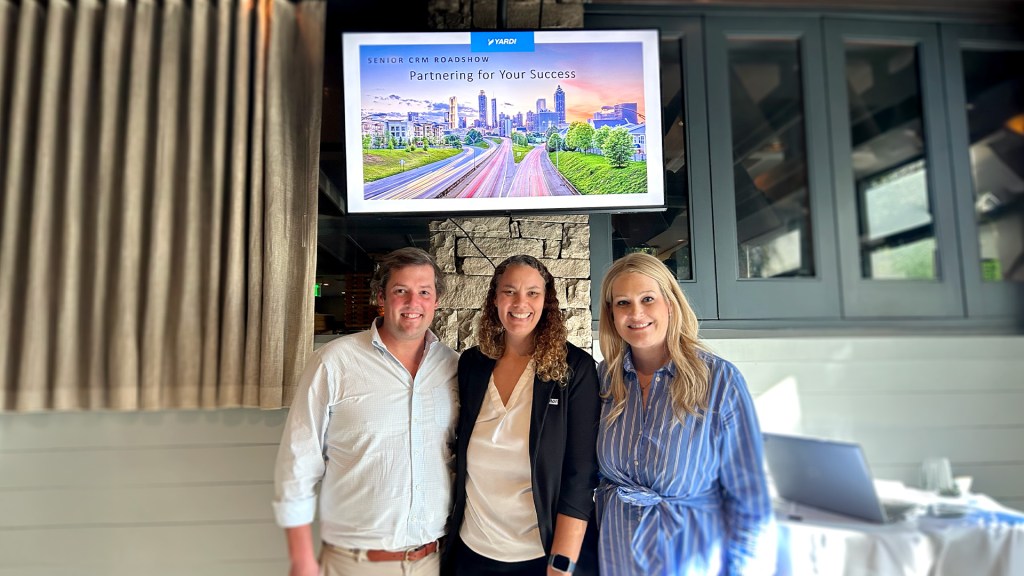By Cutright Elizabeth on November 29, 2016 in Technology
The future of urban planning lies in not just accessing information, but deploying it as a resource to enhance urban planning and improve the lives of residents.
Every minute of every day, data is collected, stored and analyzed. So many of our daily activities now leave behind digital breadcrumbs, from trips to the grocery store to the books we check out of the library. Sometimes it can feel like we’re trapped in a dystopian nightmare reminiscent of 1984, but in reality, data is agnostic and nonpartisan. There is no opinion or bias, just facts and figures.
So what’s the upside of all this statistical accumulation?
For city planners, data collection provides the opportunity to fundamentally change public works and infrastructure. The more data shared, the better organization possible, from efficient traffic measures to responsive streetlamps. Thanks to organizations like Open Government Partnership and the Open Data Institute, urban planning is now in the midst of a “data revolution.”
“We are helping build the data infrastructure for the UK and beyond” ODI CEO Gavin Starks recently declared. “As our economy and society continue to become data-driven, we need to address the fact that data is as important as roads, water and energy.”
“Working with our partners and diverse communities, we will continue to support and convene data pioneers, helping them develop open standards, improve data literacy, build trust, address policy, create business models, and tackle challenges that impact everyone. Together, we will help build a robust data infrastructure that enables open innovation – at web scale.”
Tracking Transportation
According to the US Census Bureau, the average daily commute last about 25 minutes, one way. That’s almost an hour a day spent in traffic, and many nine-to-fivers will tell you that’s on a good day. Between fender-benders, roadwork, and weather-related incidents, some days the trip to and from work can take two or more hours, stretching a typical 9-hour workday into a 13+ hour marathon.
But what if there was another way?
For years, cities have tried to reduce the amount of cars on the road. We have carpool lanes and special commuter buses. There are subways and bike lanes, and all manner of ride-sharing incentives. Unfortunately, the one thing that can’t be eliminated is the road itself. That’s where data can become a tool for change.
The ability to track and analyze traffic data allows for smarter urban planning. Already, apps like Waze help drivers choose alternate route to avoid accidents and traffic jams. For cities, the ability to crunch the numbers could supercharge city works projects by not only identifying areas ripe for improvement but by also providing critical data analytics. In this way, city planners could determine the impact of a particular choice – installing roundabouts, removing on-street parking, changing the timing at a busy intersection – before boots hit the ground.
As a June 2016 ODI news release clarified, “Our system currently relies on physical infrastructure that has been slowly assembled over hundreds of years. But the system is creaking at the seams, as it struggles to support increasing demand for passenger journeys and the transportation of goods.”
“We urgently need to think about the data infrastructure that’s needed to support transport innovation and bring about the transition to ‘intelligent mobility’ – where emerging technologies enable the smarter, greener and more efficient movement of people and goods.”
Measures and Moments
For city managers, resource allocation can be a challenge. Short on funds and battling high demand, it can difficult to choose where to place the new hospital, build the new high school, or approve the next big apartment complex. The right analytics can provide insight and can help cities avoid unanticipated consequences. It’s not quite a crystal ball, but it’s pretty close.
Ultimately, the gift bestowed by big data is freedom: the freedom to plan ahead, the freedom to entertain almost unlimited scenarios, the freedom to change the way infrastructure is used and developed. Essentially, data collection provides a series of moments, recording details and measuring impacts to paint a fuller picture of what’s happening on and off city highways and byways.
In Barcelona, for example, soil sensors send alerts whenever irrigation of city parks needs adjusting. In Amsterdam, streetlights dim late when no pedestrians are detected. Mexico City and Sweden are sharing data to promote transparency in government contracts and foreign aid. In Baltimore, crime statistics are combined with MasterCard transactions to provide snapshot of the relationship between criminality, commerce and tax collection.
It’s an entirely new way of managing and measuring human behavior, one Fast Company’s Alexander Starritt calls, “the most boringly named revolution in history.”
“Big data, smart cities, the internet of things…ultimately it’s about information and the change that follows from finding out what’s going on.
“Cities are where this is going to happen,” he continues. “Data is going to shift foundations that have sat undisturbed.”
“There will be no data revolution monument, no parade, not even a ministry of data. It really will be like electricity: Most people don’t know how it works, but you come home, flick a switch, and you’ve got lights, music, movies – everything.”


